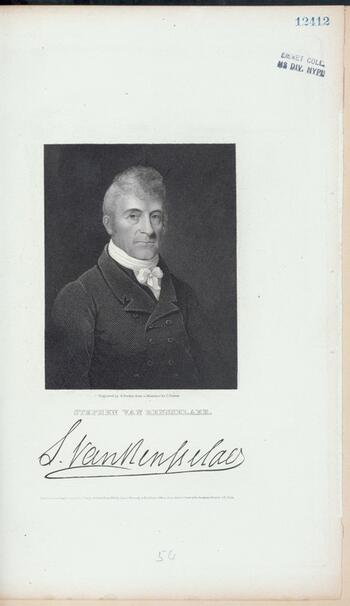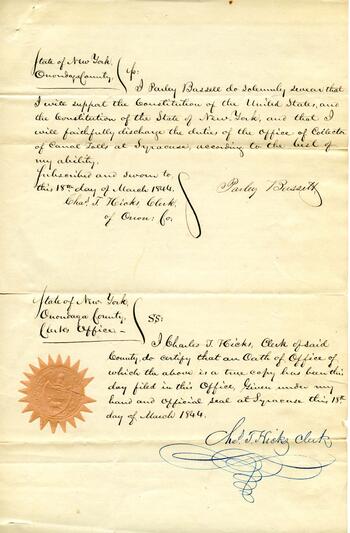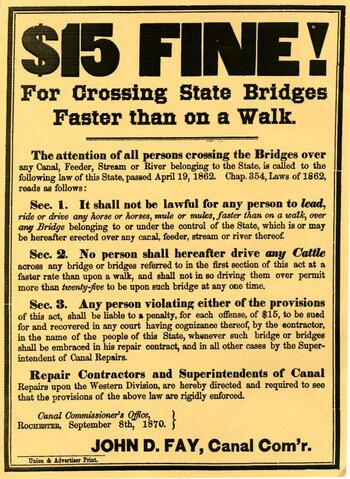From the beginning, the geological features of the canal route had been a subject of deep interest. For example, Stephen Van Rensselaer created a geological profile of the canal route in 1824, the same year he established the Rensselaer School “for the purpose of instructing persons … in the application of science to the common purposes of life.”
During the mid-nineteenth century Enlargement, many engineers and designers were trained by newly-formed engineering programs at Rensselaer Polytechnic Institute in Troy and Union College in Schenectady. More than thirty Union College graduates were active in the Erie Canal Enlargement. Today, these institutions still provide higher education opportunities and provide resources for studies about improving life along the Erie Canal and ways to utilize its resources.
The development and operation of the Erie Canal also transformed the role and perception of government in New York. American embargoes on foreign trade created incentives to grow markets domestically, encouraging construction of a canal for inland transport. Additionally, the establishment and activity of the Canal Board, initially perceived as action on the part of state government to protect individual property rights and interests, changed over time. A more hostile relationship developed between the Board and residents of the state, who now felt as if the government was acting in the interests of businesses rather than individuals.
Stephen Van Rensselaer was one of the last direct descendants of the Dutch patroons, the first Europeans to settle in New York. Van Rensselaer saw the economic advantages of technological and scientific knowledge in planning the Erie Canal. Courtesy of The New York Public Library.
This 1844 Oath of Office Document for Parley Bassett, Onondaga County Collector of Canal Tolls illustrates the ways that state and local government developed new jobs and systems like toll collection in response to the Canal. Courtesy of The Erie Canal Museum via Central New York Library Resources Council and Empire State Digital Network.
Canal Commissioner’s Office. $15 fine! for crossing state bridges faster than a walk.


